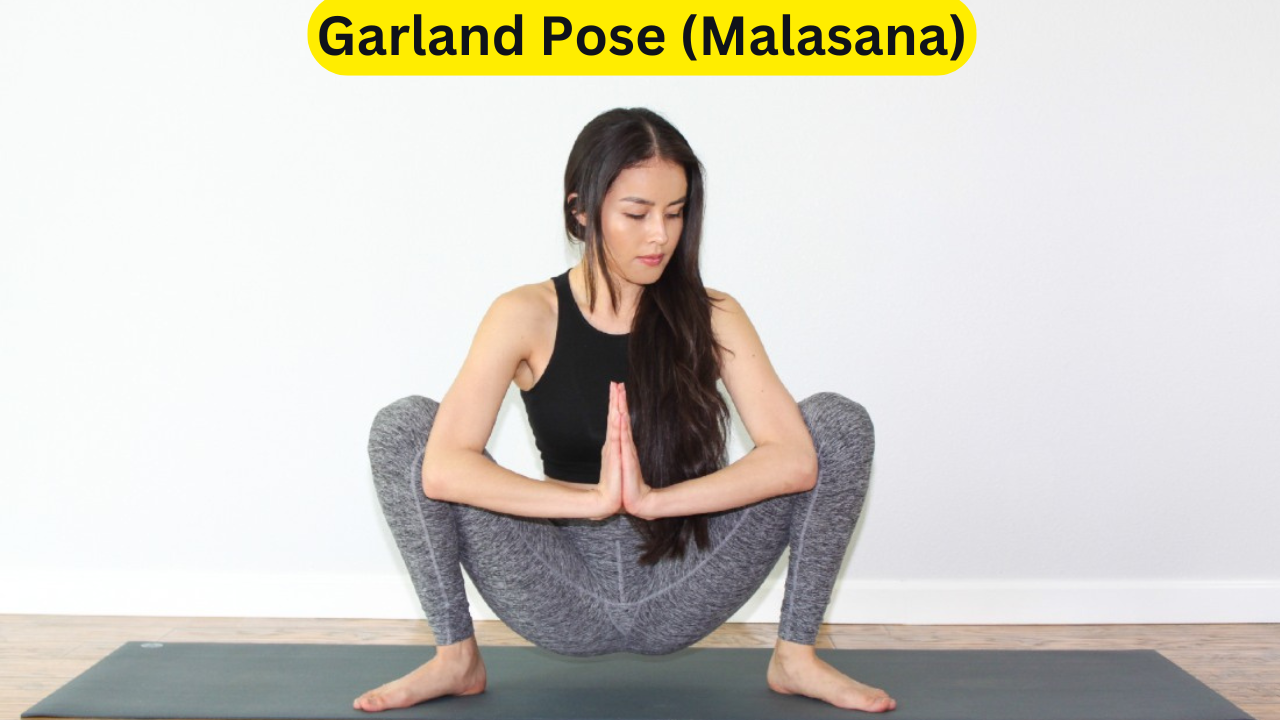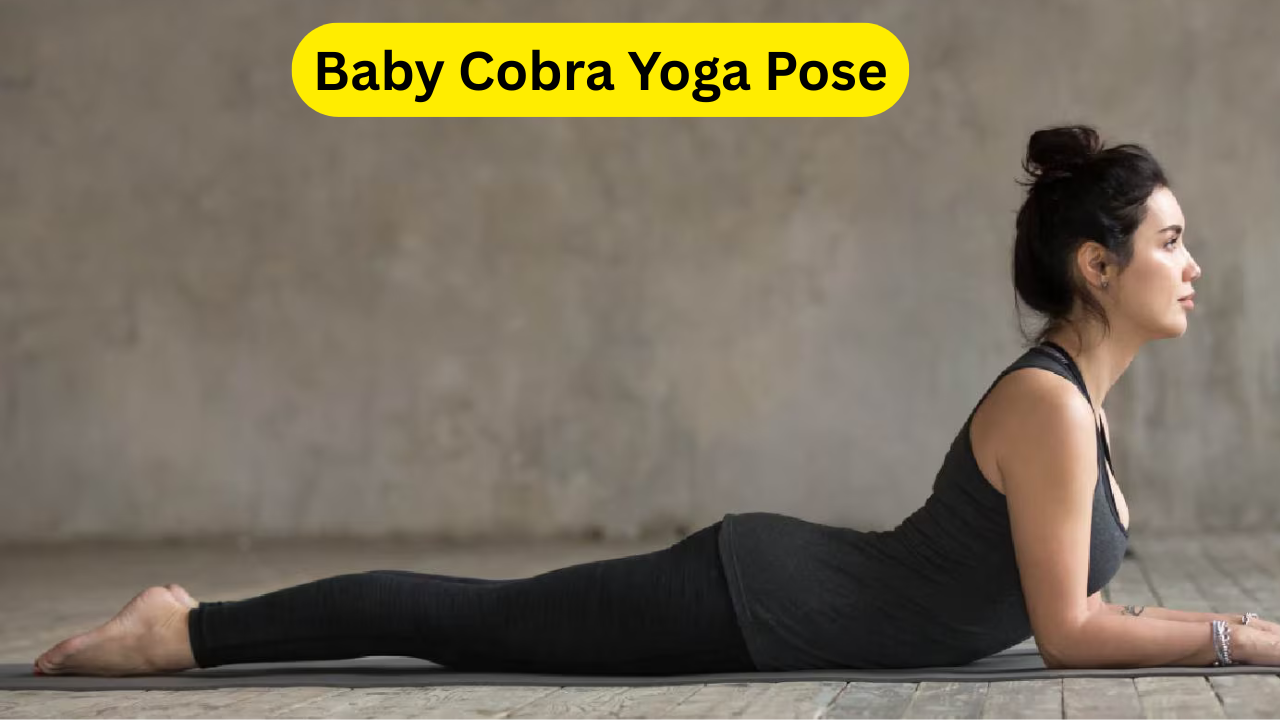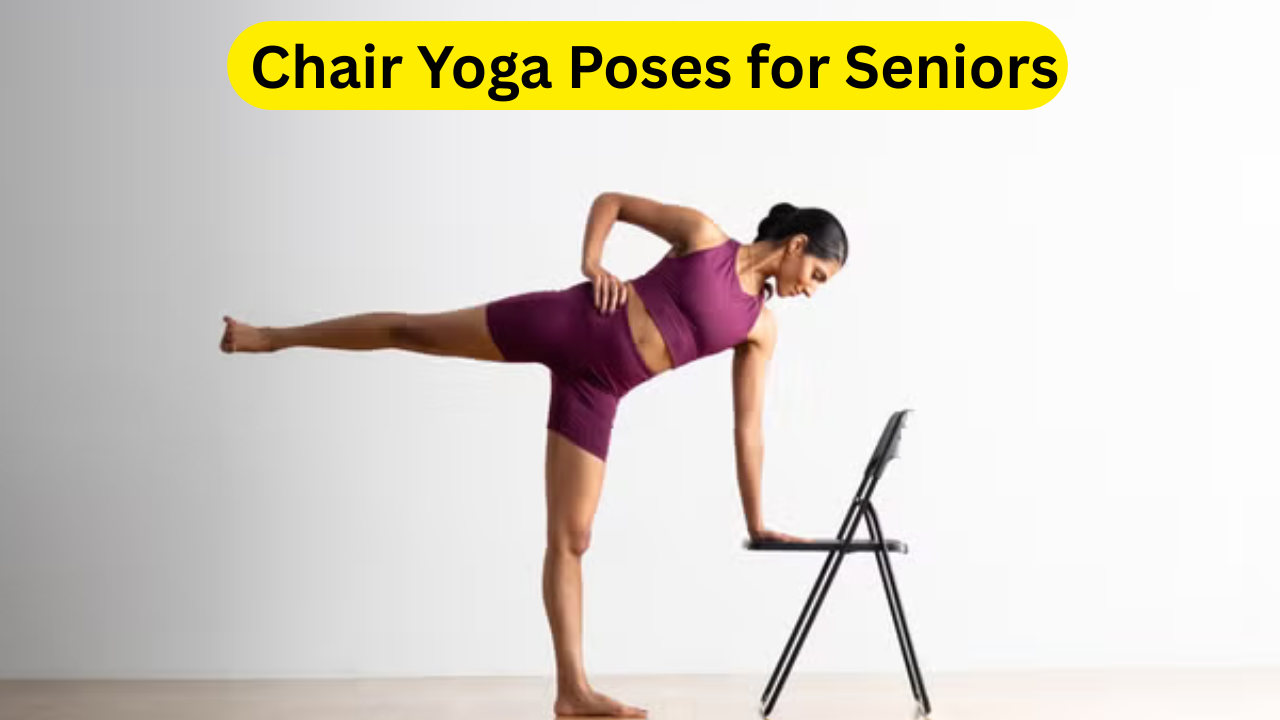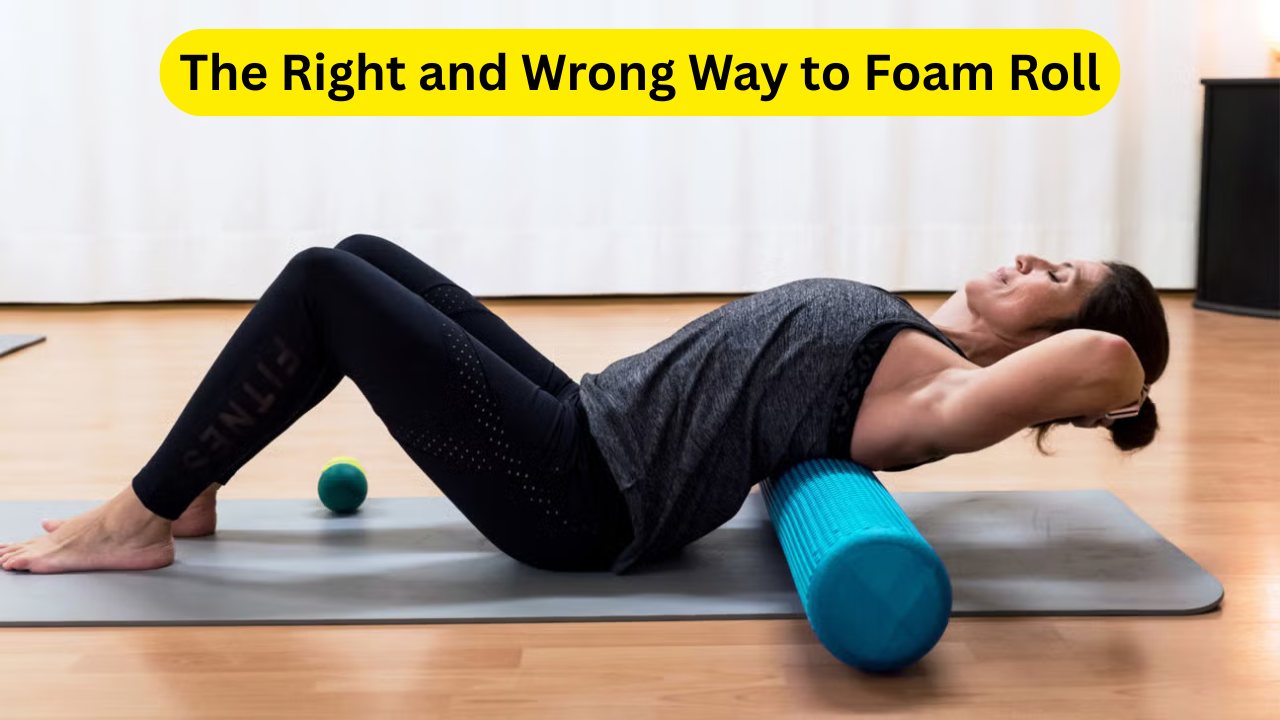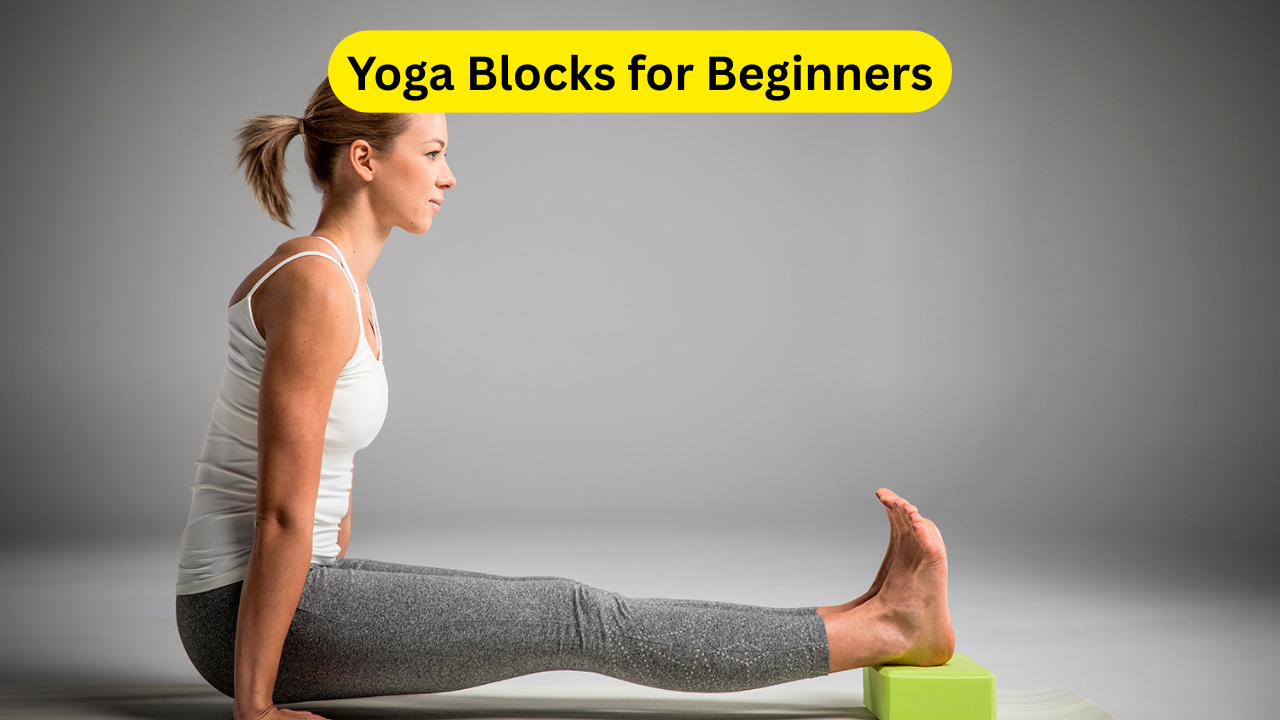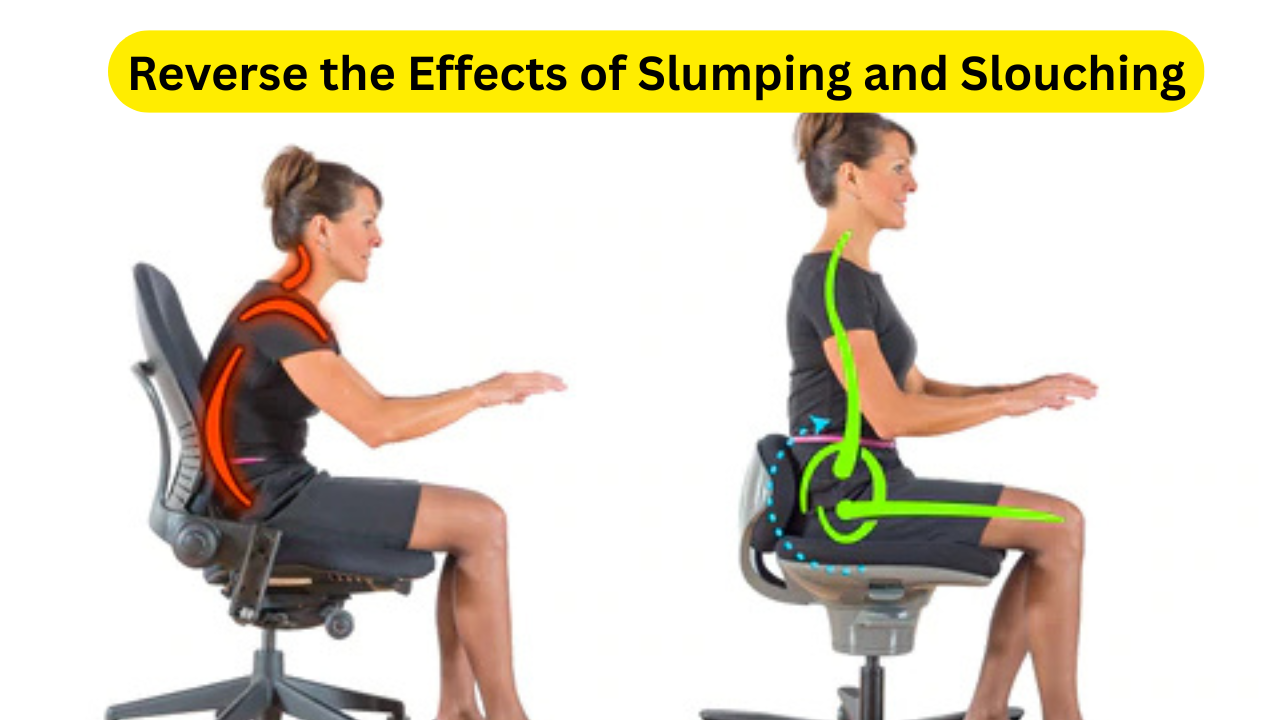Garland Pose (Malasana): Yoga is a practice that spans centuries, offering a myriad of physical and mental benefits. Among the many poses in yoga, Malasana, commonly known as the Garland Pose, stands out due to its simplicity and deep impact on the body. It is a deep squat that requires flexibility, balance, and strength, all while offering a host of health benefits. From enhancing flexibility to improving digestive health, Malasana is a powerful asana that can easily be integrated into your daily routine. Whether you’re looking to ease lower back tension, strengthen your pelvic floor, or calm your mind, Malasana offers something for everyone.
One of the key aspects of this pose is its ability to improve mobility, particularly in the hips. With our modern sedentary lifestyle, many people experience tightness in the hip area, which can lead to discomfort and reduced flexibility. Malasana not only stretches but also opens up the hip area, making it an excellent solution for counteracting the effects of prolonged sitting. In addition, regular practice of Malasana strengthens the lower body by engaging muscles in the thighs, calves, and glutes. This deep squat promotes both stability and balance, making it an ideal pose for those looking to enhance their lower body strength.
Incorporating Malasana into your daily yoga routine can have profound effects on your digestive health, spinal alignment, and even mental well-being. The pose naturally compresses the abdominal region, stimulating digestion and helping alleviate common issues like bloating and constipation. It also promotes a natural alignment of the spine and supports overall back health. Perhaps most importantly, this pose helps to calm the mind, reduce stress, and create a sense of mindfulness. Whether you’re an experienced yogi or just starting your journey, these benefits make Malasana a must-do pose for anyone looking to improve their physical and mental health.
Click Here: Ardha Chakrasana for Weight Loss: Benefits, Steps, and Tips
8 Benefits of Sitting in Malasana Every Day
1. Improves Hip Mobility
Malasana is highly effective for improving hip flexibility and mobility. Many people experience tightness in the hips due to prolonged sitting, sedentary lifestyles, or poor posture. Malasana targets the hip flexors, glutes, and adductors, stretching them deeply and improving their range of motion. By regularly practicing this pose, you’ll notice an increased range of motion and reduced stiffness in the hip region. This improvement in flexibility can have positive effects on your overall mobility, making it easier to perform daily tasks and engage in physical activities.
2. Strengthens the Lower Body
This deep squat engages the entire lower body, including the thighs, calves, and glutes. Holding the position for an extended period of time helps to strengthen these muscles, providing better balance, stability, and endurance. Yogacharya Akhil Gore, founder of RouteIn Yoga, notes that strengthening the lower body also enhances overall postural stability. As you progress in your practice, you’ll notice improvements in both your athletic performance and your ability to maintain stability throughout various activities.
3. Enhances Digestive Health
One of the most beneficial aspects of Malasana is its impact on digestion. The deep squat naturally compresses the abdomen, stimulating the digestive organs and helping to improve digestion. This pose has been shown to alleviate bloating, constipation, and other digestive discomforts. By incorporating Malasana into your routine, you can promote better digestion and reduce the likelihood of experiencing digestive issues. It’s also beneficial for stimulating the flow of energy, or prana, through the body, contributing to overall wellness.
4. Supports Spinal Alignment
Malasana encourages an upright posture, which is vital for maintaining healthy spinal alignment. The pose helps to lengthen the spine, ensuring that it remains straight and supported during the squat. By practicing Malasana regularly, you can improve your posture and reduce the risk of developing back pain or discomfort. This is particularly important for those who spend long hours sitting at desks or engaging in other activities that may contribute to poor posture. The regular practice of Malasana can help correct spinal misalignments and improve overall spinal health.
5. Relieves Lower Back Tension
Lower back pain is a common complaint, particularly for those who sit for extended periods or engage in repetitive motions. Malasana helps to stretch the lower back and sacrum, providing relief from tension and stiffness. By regularly practicing this pose, you can release built-up tension in the lower back and improve flexibility in the surrounding muscles. As a result, Malasana serves as an excellent antidote to the discomfort associated with chronic lower back pain.
6. Strengthens the Pelvic Floor
In addition to strengthening the muscles of the lower body, Malasana also targets the pelvic floor muscles. This is particularly beneficial for women, especially during the postpartum recovery period. Strengthening the pelvic floor improves bladder control, supports reproductive health, and contributes to overall pelvic stability. Malasana’s ability to engage the pelvic floor makes it a useful tool for improving pelvic health and preventing issues like incontinence.
7. Enhances Circulation and Detoxification
Sitting in a deep squat position encourages blood flow to the lower body, which can improve circulation and promote detoxification. The compression of the abdomen and the stretching of the legs stimulate lymphatic drainage, helping to flush out toxins from the body. This enhanced circulation supports overall health and well-being by promoting the removal of waste products and improving nutrient delivery to cells.
8. Calms the Mind and Reduces Stress
Malasana is not just beneficial for the body—it also has positive effects on the mind. As you hold the pose, you’re encouraged to focus on your breath and practice mindfulness, which can help reduce stress and anxiety. The deep breathing that accompanies Malasana encourages relaxation and promotes a sense of calm, making it an excellent tool for grounding yourself after a stressful day. Regular practice of this pose can lead to a reduction in overall stress levels and a greater sense of mental clarity and focus.
How to Practice Malasana: Step-by-Step Guide

- Start in a Standing Position: Begin by standing with your feet slightly wider than hip-width apart. Point your toes outward at a 45-degree angle to prepare for the squat.
- Lower Your Hips: Gently lower your hips into a deep squat, ensuring that your heels stay on the ground. If your heels don’t touch the floor initially, you can place a cushion or yoga block under your heels for support.
- Bring Your Hands to Prayer Position: Bring your palms together in a prayer position at your chest, and press your elbows against the inside of your knees to help open the hips further.
- Lengthen Your Spine: Keep your spine long and straight, engaging your core to maintain stability. Focus on breathing deeply and relaxing into the posture.
- Hold the Pose: Stay in the pose for 30 seconds to a minute, gradually increasing the time as you become more comfortable with the position.
Also Read: Exploring Cool Old Subarus: Rare Models, Features & Prices 2025
Garland Pose (Malasana) Conclusion
Incorporating Malasana into your daily yoga routine offers a wide array of physical, mental, and emotional benefits. From improving hip mobility to strengthening the pelvic floor, this simple pose can transform your overall well-being. By engaging both the body and mind, Malasana encourages mindfulness, reducing stress and promoting a sense of calm. It is a great tool for improving digestion, alleviating back pain, and boosting circulation. The regular practice of Malasana enhances flexibility, strength, and stability, making it a must-do pose for anyone seeking to improve their overall health.
Whether you’re new to yoga or a seasoned practitioner, Malasana is accessible to everyone. Its numerous benefits make it a versatile and highly effective pose for enhancing both physical and mental wellness. So, whether you incorporate it into your yoga flow or use it as a simple daily stretch, make time for Malasana and experience the transformation it brings to your life. Consistent practice of this ancient pose can lead to lasting improvements in your flexibility, strength, and peace of mind.
Garland Pose (Malasana) FAQs
1. What if I can’t get my heels to the floor in Malasana?
It is common for beginners or those with tight calves to struggle with keeping their heels on the ground. If this happens, you can place a yoga block or cushion under your heels to provide support. Over time, as your flexibility improves, you’ll be able to deepen the pose and keep your heels flat on the floor.
2. Can Malasana be harmful for people with knee problems?
If you have knee issues or pain, it’s essential to approach Malasana with caution. You can modify the pose by using props like a cushion under your hips or lowering the depth of the squat. It’s important to listen to your body and avoid forcing yourself into the pose. If you experience pain, consult a healthcare provider before continuing practice.
3. How often should I practice Malasana?
For optimal results, aim to practice Malasana every day or at least 3-4 times a week. Holding the pose for 30 seconds to one minute is ideal. Regular practice will help improve your flexibility, mobility, and strength.
4. What other poses complement Malasana?
Other poses that complement Malasana include Hip Openers (like Pigeon Pose), Downward-Facing Dog, and Forward Fold. These poses also focus on increasing flexibility and releasing tension in the hips and lower back.
5. Is Malasana a good pose for beginners?
Yes, Malasana is a beginner-friendly pose that can be modified based on your level of flexibility and strength. Start with shallow squats or use props for support, and gradually work towards the full expression of the pose.
